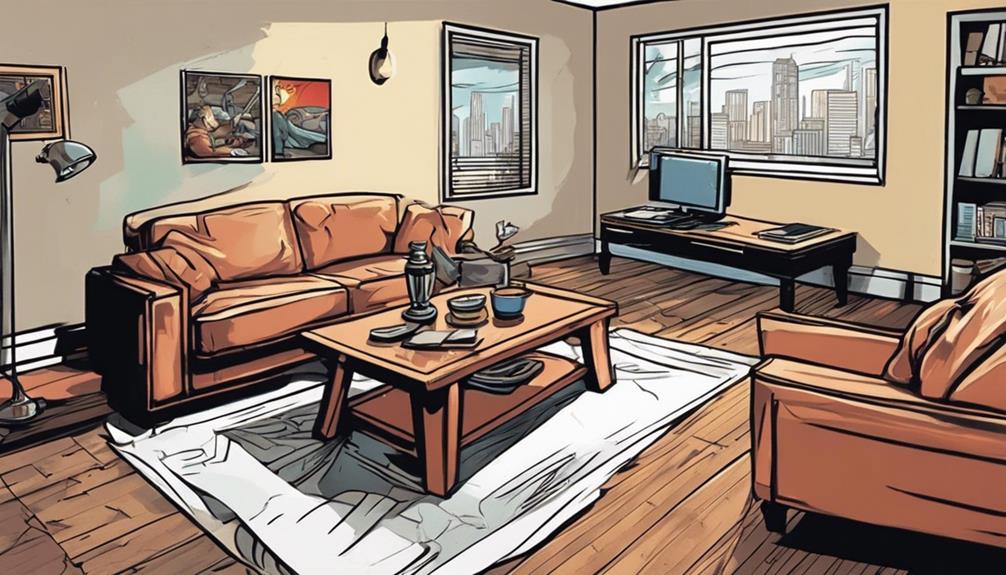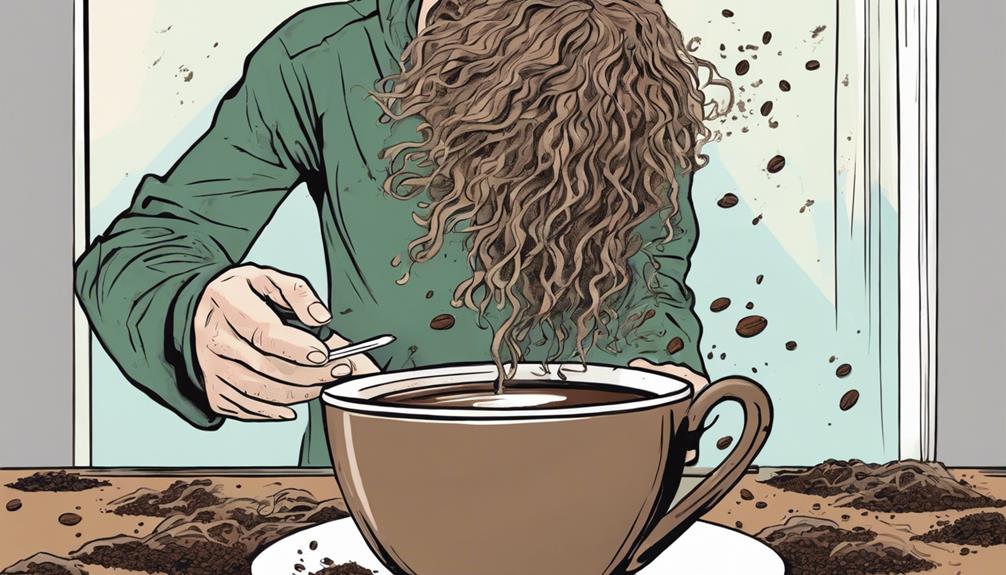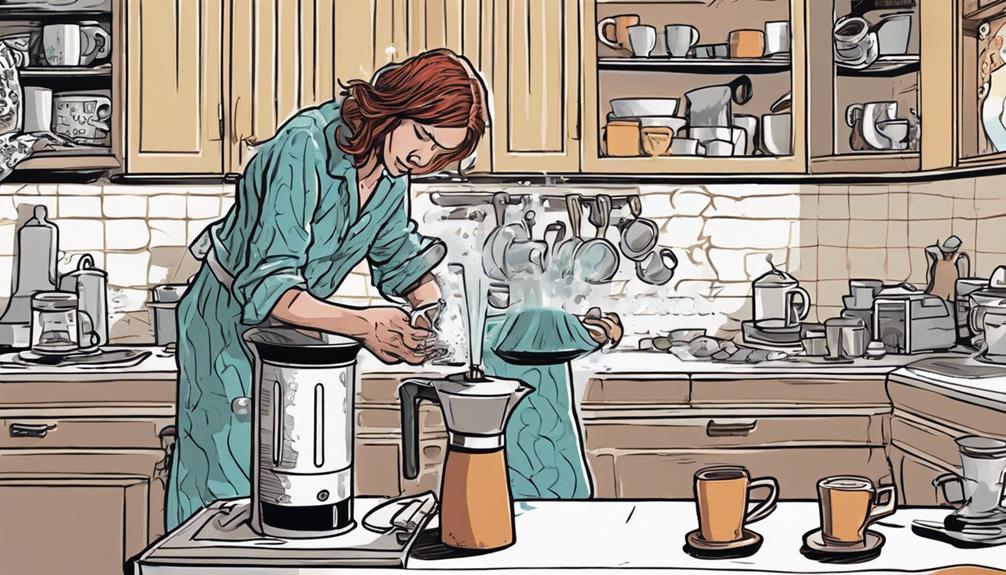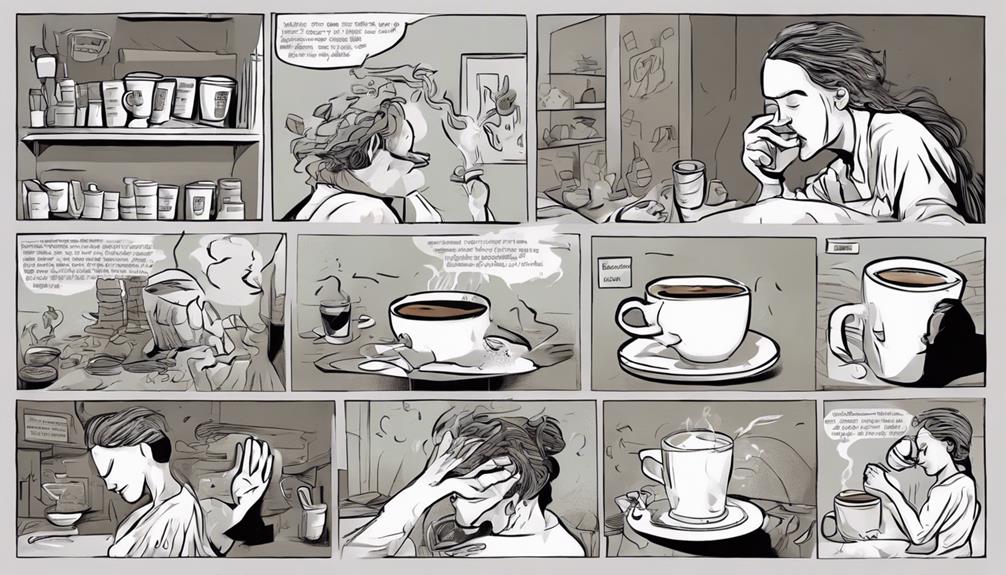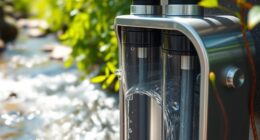Create a coffee table with a hidden compartment for gun storage by following steps for preparing materials and making cuts, assembling the pieces, adding security features, distressing the surface, and checking for proper functionality. Use pocket hole screws, X braces with half lap joints, and a biometric lock for added security. Sand the edges, paint the table, and ensure the hidden compartment is securely closed. Test the lock’s operation, durability, and smooth sliding movement. Achieve a stylish appearance with weathered corners and subtle distressing. Confirm that the biometric lock securely conceals firearms while functioning smoothly. Implement these steps for a functional and discreet design that also adds style to your furniture.
Key Takeaways
- Utilize pocket hole screws for assembly strength.
- Incorporate biometric lock for enhanced security.
- Ensure precise alignment for proper functionality.
- Distress edges for a weathered look.
- Test lock and sliding mechanisms for smooth operation.
Material Preparation and Initial Cuts
How do you begin the construction process for the gun concealment coffee table? To start, you need to focus on material preparation and initial cuts.
For the table top, the two by six material is carefully ripped to five and eight inches, while the two by four material is ripped to three inches wide. The rounded edges of the materials are removed to achieve a square look for the table design. Additionally, square stock material is prepared to provide added support and structure.
When preparing the end rails, precision is key. Careful measurements are taken to guarantee accuracy, and precise cuts are made to assure a sturdy and well-constructed coffee table.
Assembly Techniques and Finishing Touches
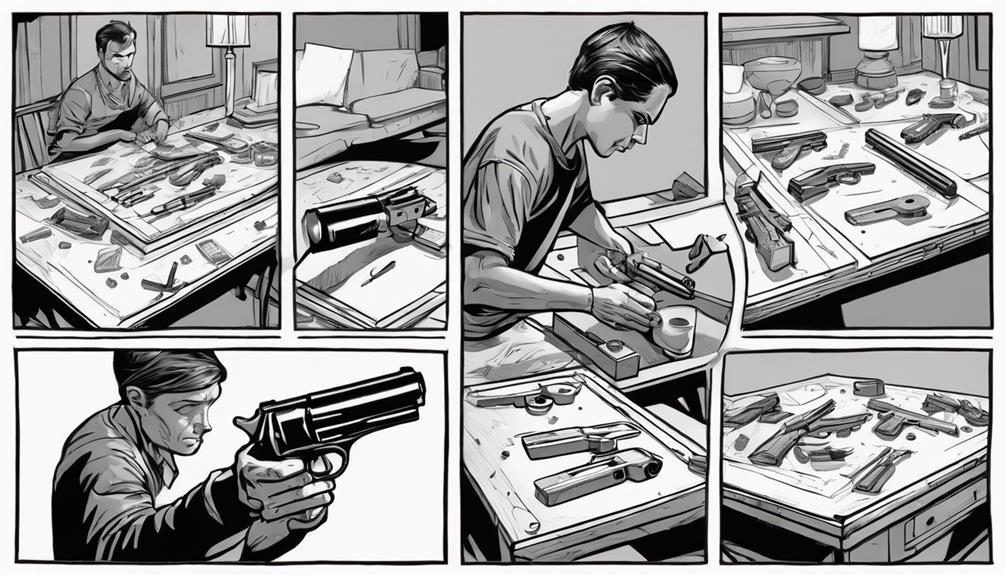
- Secure Assembly: Utilize pocket hole screws for a sturdy construction.
- Distressed Look: Apply black spray paint for a unique appearance.
- Smooth Finish: Sand components with grit sandpaper before staining.
- Stability Enhancement: Install X braces with half lap joints and glue.
- Security Feature: Incorporate a biometric lock for secure access.
Installation Methods for Security Features
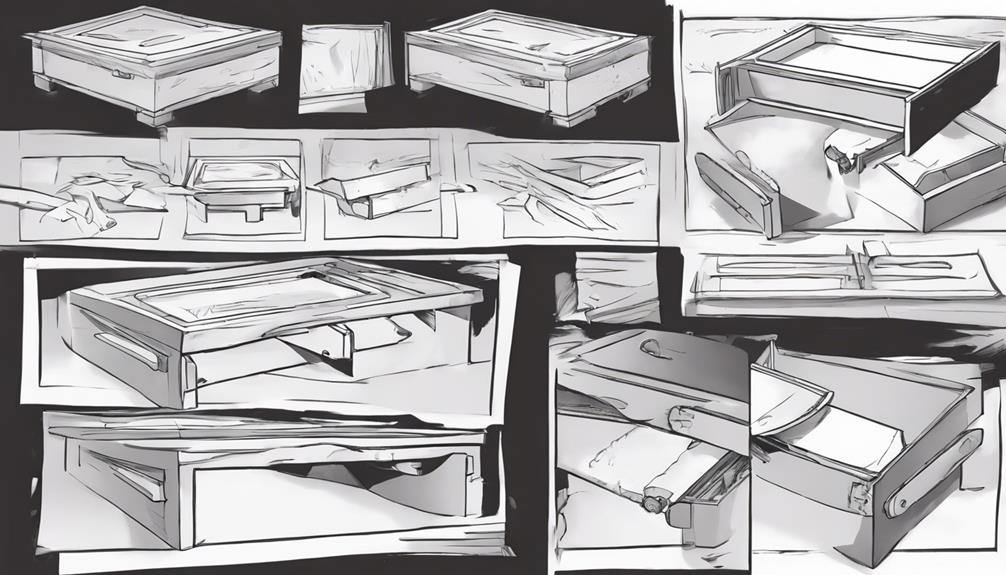
Consider integrating the biometric lock into the design of your gun concealment coffee table to enhance security and seamlessly maintain the concealment aspect. When installing the biometric lock, make sure precise alignment and functionality of the mechanism. Take into account the size and placement of the lock to guarantee it complements the table's aesthetic appeal.
During installation, carefully follow the manufacturer's instructions to make certain proper setup. Test the lock thoroughly to verify smooth operation and reliability.
Integrating the biometric lock seamlessly into the design is essential to uphold the concealment aspect of the table without compromising its functionality.
Final Assembly and Distressing Techniques

Apply distressing techniques, such as sanding edges and corners, to the painted parts of the coffee table to achieve a rustic appearance. Sanding the painted areas before staining won't only provide a smooth finish but also enhance the distressed look you aim to achieve.
Once the distressing is complete, focus on the assembly stage by installing the end boards securely using screws. This step not only reinforces the structure but also adds to the overall visual appeal of your concealment coffee table.
Additionally, ensure the smooth operation of the tabletop by installing the bottom cleat and slide supports, allowing easy access to the concealed storage. Finally, test the functionality of the biometric lock to guarantee the proper security measures are in place for your gun concealment coffee table.
- Sand edges and corners for a weathered look.
- Secure end boards with screws for added durability.
- Install bottom cleat and slide supports for smooth movement.
- Test biometric lock functionality for security.
- Ensure distressed areas are smooth before staining.
Testing and Functionality Check
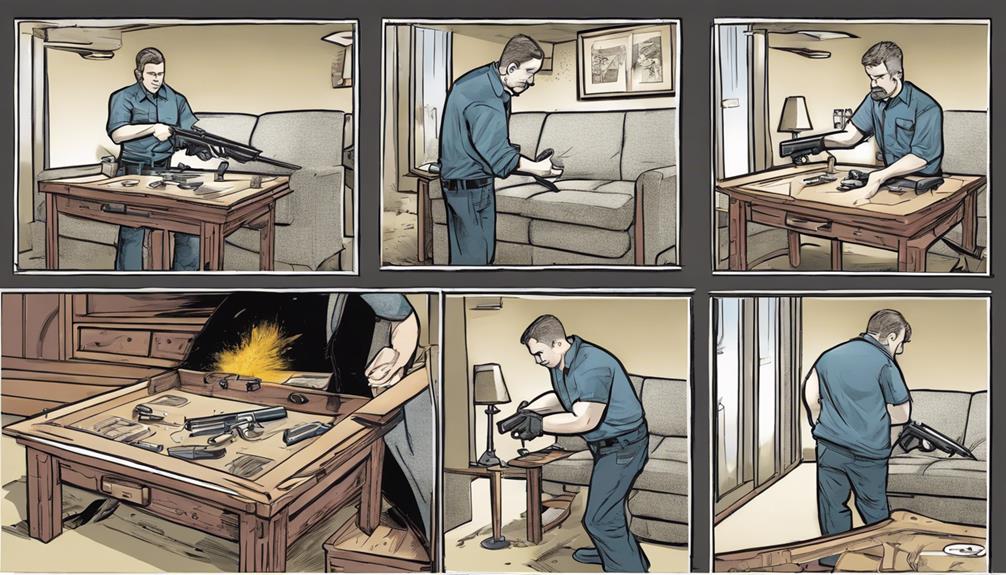
Test the biometric lock to verify it's properly functioning and securely conceals the hidden compartment in the gun concealment coffee table. Guarantee that the locking mechanism smoothly engages and disengages, providing quick and secure access to the concealed storage. Validate that the hidden compartment opens and closes effortlessly for seamless functionality. Check the stability and durability of the table, especially when accessing the concealed area, to secure it can withstand regular use.
Inspect the pocket holes and side rails for any signs of weakness or instability, as these components play an essential role in the overall functionality of the coffee table. Confirm that the slides operate smoothly without any friction, allowing the tabletop to slide effortlessly to access the concealed area.
Frequently Asked Questions
How to Build a Storage Ottoman Coffee Table?
To build a storage ottoman coffee table, cut plywood to size, attach foam padding, and upholster with fabric for comfort. Add hinges for easy access to the storage compartment. Create a stylish and functional piece for your living space!
How to Protect a Coffee Table?
To protect your coffee table, start by using coasters and placemats to prevent scratches and spills. Regularly clean and dust to maintain its appearance. Consider using a durable finish like water-based urethane for added protection against wear and tear.
Conclusion
Congratulations on completing your gun concealment coffee table!
Did you know that over 40% of gun owners in the United States use some form of secure storage for their firearms?
By following these steps, you haven't only created a functional and stylish piece of furniture, but you have also taken an important step in ensuring the safety and security of your firearms.
Keep up the great work!
